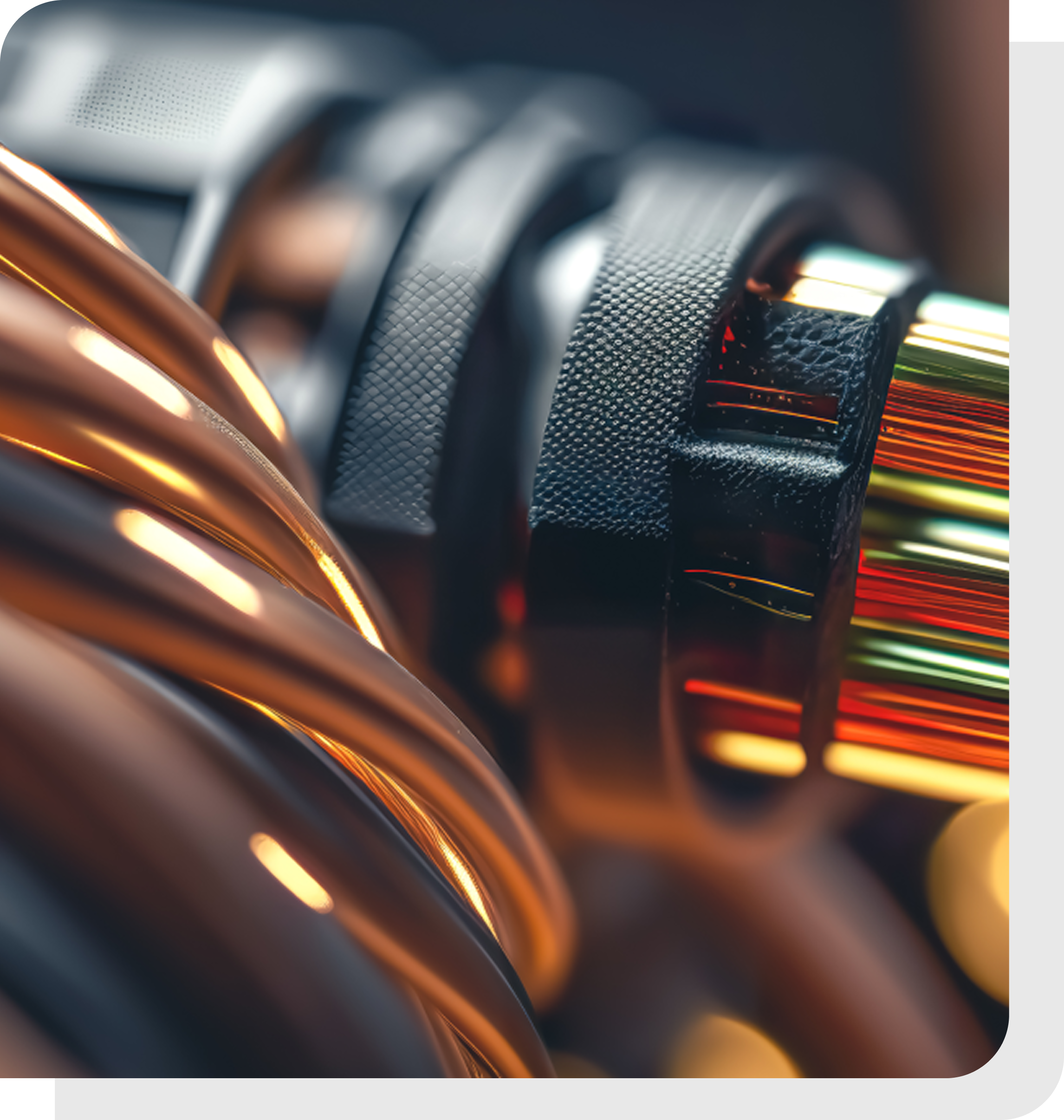Casa de Campo® has its own private power plant and the only electrical grid available within the complex, providing reliable, high-quality service.
Your service requests will be handled by qualified personnel to assist you, both with your home network and domestic appliances.
Contact
To request the services on offer, please contact us at hotlinecs@costasur.com.do, by calling (809) 523-2323 between 7:30 am and 10:30 pm.

We collect smart meter readings every month from our state-of-the-art monitoring center without the need for our department’s staff to physically visit your property.
With the objective of beautifying the green areas and landscaping, we constantly monitor the road lighting infrastructure to ensure that our roads in the complex are adequately illuminated. For this purpose, we have installed lighting in traffic circles and traffic islands in sectors including Tennis Villas, Cajuiles, Punta Aguila, and Vista Chavón.
We have been replacing HPS (High Pressure Sodium) lamps with LED (Light Emitting Diode) technology lamps since early January 2017. They provide us with many benefits in terms of energy saving and environmental protection. Some of the benefits are:
• LED bulbs do not need to be replaced as frequently as conventional bulbs and this means that they require fewer resources in their manufacturing, packaging, and transportation.
• They are considered one of the most environmentally beneficial lighting sources.
• LED bulbs need 38 watts, while traditional bulbs require 84 watts. They reduce total energy consumption and greenhouse gases that are a major cause of climate change.
• LEDs are made of recyclable materials and do not contain toxic components that could harm nature, people, or animals. They do not require gas or filaments to operate and do not transform light into heat. The risk of radiation and burns is very low.
• LEDs do not contain mercury or tungsten, which are two highly polluting materials. Using LEDs also reduces CO2 emissions by 70% compared to conventional lighting.
• Finally, the noise pollution caused by standard bulbs with their annoying buzzing sound is a thing of the past since the introduction of LEDs.
To request the services on offer, please contact us at hotlinecs@costasur.com.do, call (809) 523-2323 from 7:30 am to 10:30 pm, or visit us at Costasur administrative offices from 08:00 am to 5:00 pm.
A work or energy unit equivalent to the energy produced or consumed by one kilowatt of power for one hour.
It is a unit of apparent power: It is the total amount of power consumed by an electrical device.
A kW (kilowatt) is a unit of measurement used to quantify the electrical power of energy supported by a property's installation.
Single-phase installations: Use two electrical wires to carry electricity, called conductors, formed by a single alternating current or phase and therefore all voltage varies in the same way.
An electrical energy production, distribution and consumption system formed by three alternating currents with the same frequency and amplitude, with a 120° electrical phase difference between them, arranged in a given order. Each of the currents that makes up the system is designated by the name of the phase (A, B, C).
The key difference is that an inverter air conditioner can regulate the compressor motor speed. Once the room is cool, inverter air conditioners reduce the motor speed to save energy and the refrigerant used to cool the air.
By comparison, non-inverter air conditioners run at full speed. The motor runs at full speed but shuts off once the room temperature drops to the desired level. This on/off process is repeated, and it can make unnecessary noise and consume more energy.
The maximum installed capacity for residential customers must be lower or equivalent to 25 Kilowatts (Kw). Individuals or legal entities may connect to the Distribution Company’s networks.
A service provided by the distributor to clients with their own generation systems that use renewable energy sources, interconnected to its distribution networks according to the provisions of Article 20 of Law 57-07.
